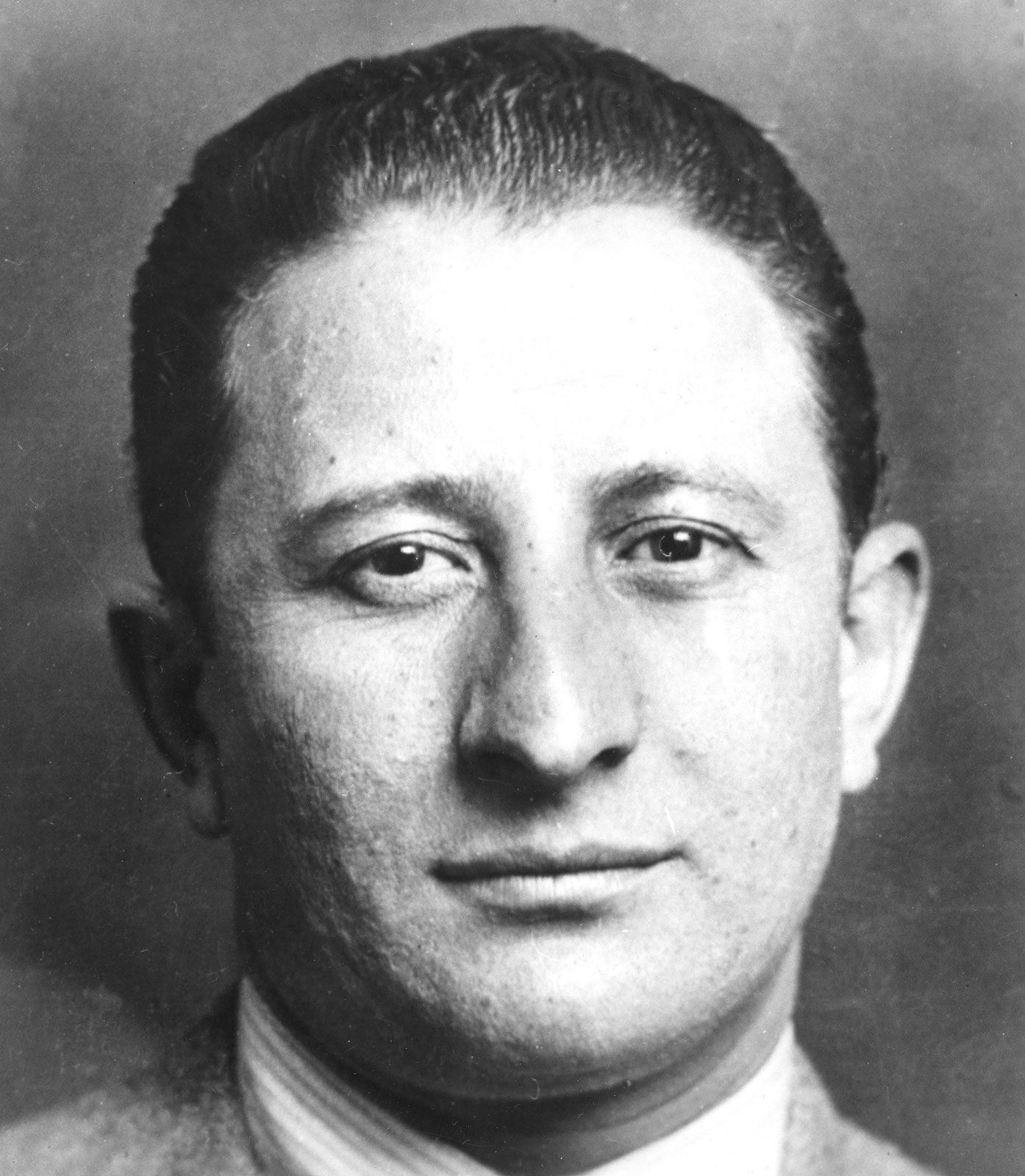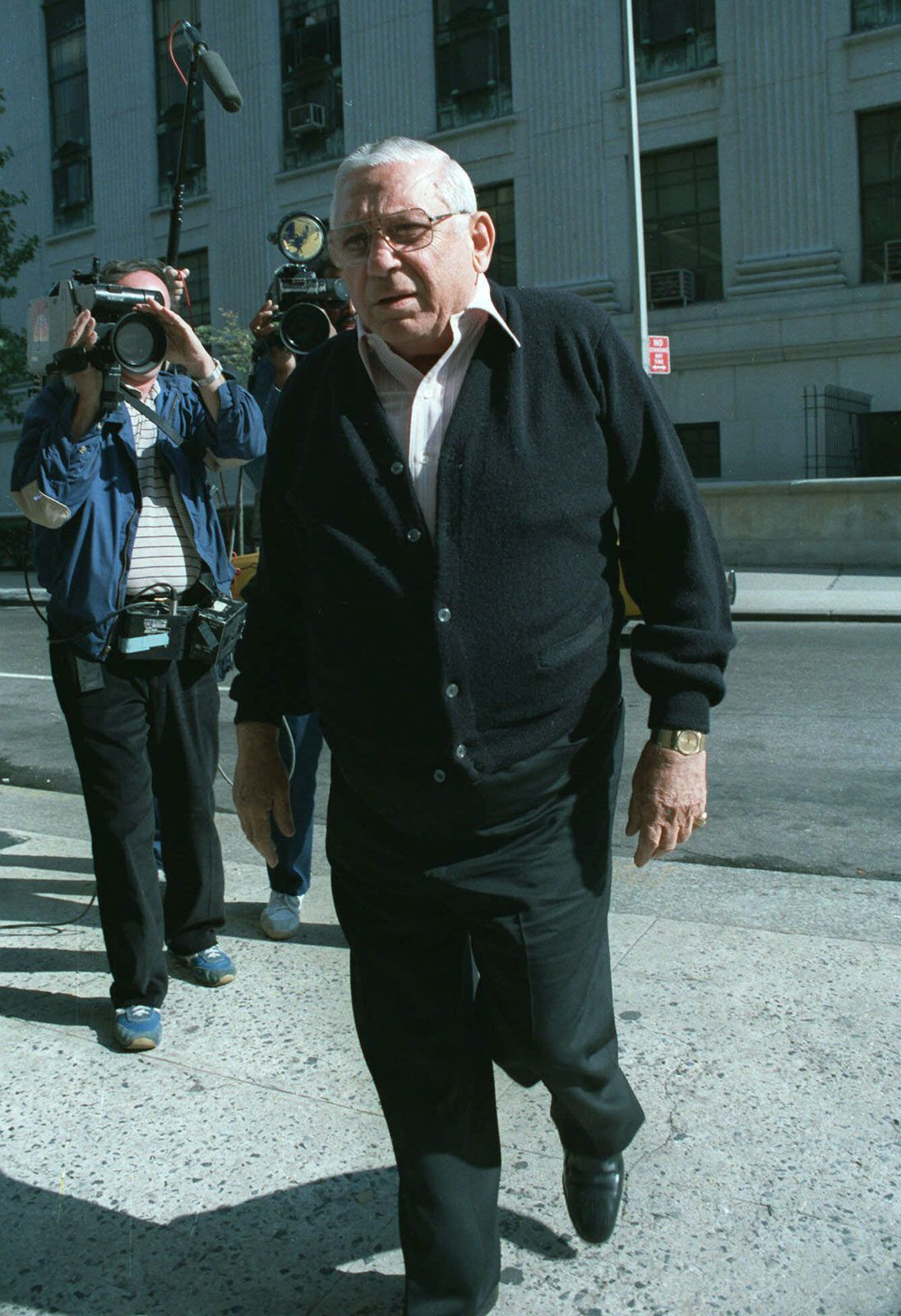The Lucchese Crime Family stands as a notorious pillar within the landscape of American organized crime. Rooted in the bustling streets of New York City, this syndicate is one of the infamous “Five Families” that have historically shaped the city’s underworld. Alongside the Gambino, Bonanno, Genovese, and Colombo families, the Lucchese organization has exerted considerable influence, contributing to the complex tapestry of La Cosa Nostra in the United States. Unlike many other American cities dominated by a single criminal entity, New York City’s criminal enterprises are famously divided among these powerful Five Families, a structure that defines a significant portion of organized crime in America. This nationwide network, often referred to as La Cosa Nostra, meaning “Our Affair” or “Our Thing,” or simply the Mafia, represents a formidable force in the history of American crime.
The genesis of the Five Families can be traced back to the tumultuous era of the Castellammarese War in the early 1930s. This bloody conflict, named after Castellammare del Golfo, the Sicilian hometown of many involved, was a brutal power struggle within the Mafia. It highlighted the growing divide between older, more traditional Mafia members who clung to Sicilian customs and younger, Americanized gangsters eager to embrace new opportunities. The war claimed an estimated 60 lives, drastically reshuffling the hierarchy of New York’s most powerful criminal factions.
In the aftermath of this violent upheaval, Salvatore Lucania, better known as Charles “Lucky” Luciano, emerged as a pivotal figure. Luciano masterminded the establishment of the Commission, a groundbreaking criminal board of directors. This council brought together the bosses of the Five Families, along with leaders from other major crime syndicates across the country, including the infamous Al Capone of Chicago. The Commission was designed to serve as a governing body, mediating disputes and setting policies within the Mafia, acting as both judge and jury. This innovative structure solidified organized crime in America, permanently cementing the power of the Five Families by granting them enduring seats at the highest table of Mafia leadership.
Initially known as the Gagliano family, named after its boss Thomas “Tommy” Gagliano, one of the newly appointed heads of the Five Families, the organization’s roots ran deep. Gagliano had previously served as underboss to Gaetano “Tommy” Reina, a casualty of the Castellammarese War, murdered by Vito Genovese, who would later head another of the Five Families. Thomas “Tommy” or “Three-Finger Brown” Lucchese served loyally as Gagliano’s underboss. Upon Gagliano’s likely death in 1951, Lucchese ascended to the top position, and the family adopted his name, becoming formally recognized as the Lucchese crime family.
Under Lucchese’s shrewd leadership, the family expanded its influence across various sectors. They gained significant control over the trucking industry in New York, leveraging this power to manipulate other businesses by controlling their shipping capabilities. The garment industry was another lucrative domain, heavily influenced by the Lucchese family, often in close collaboration with Carlo Gambino and his crime family. Lucchese played a crucial role in Gambino’s rise to power, forging an alliance that would persist long after Lucchese’s death in 1967, symbolized by the marriage between Lucchese’s daughter and Gambino’s son. Reputedly one of the most financially successful of the Five Families, the Lucchese organization wielded considerable power over trade organizations, labor unions, and even held sway at Idlewild Airport, now John F. Kennedy International Airport in Queens. It was at this very airport in 1978 that they orchestrated the audacious Lufthansa heist, at the time the largest cash theft ever committed on American soil, netting nearly $6 million in cash and jewelry. Despite the scale and notoriety of the crime, no Lucchese family associates were ever successfully convicted for their involvement.
Beyond these high-profile operations, the Lucchese family thrived on traditional Mafia rackets such as illegal gambling and narcotics trafficking. They were notably involved in a massive heroin smuggling operation, funneling millions of dollars worth of the drug into the United States. In contrast to some of the other Five Families, which were frequently destabilized by leadership changes and internal conflicts, the Lucchese family maintained a period of remarkable stability and profitability well into the 1980s. Anthony “Tony Ducks” Corallo, handpicked by Lucchese as his successor, continued this legacy until a major FBI investigation in 1985 targeted him and the heads of the Genovese and Colombo families. This crackdown led to the infamous Mafia Commission Trial, where Corallo and other top Mafia bosses were convicted on a range of charges including racketeering, extortion, loan-sharking, and murder. At the time, the Lucchese family was estimated to have around 110 members. The trial resulted in the conviction of Corallo, his underboss, and the family’s third in command, leaving a significant leadership vacuum and plunging the Lucchese family into an unprecedented era of chaos and instability.
In the ensuing power vacuum, Vittorio “Little Vic” Amuso ascended to the boss’s seat, with Anthony “Gaspipe” Casso becoming his underboss. Their reign marked a brutal and violent chapter in the family’s history. Amuso and Casso unleashed a wave of violence, even attempting to eliminate the entire New Jersey faction of the family, infamously known as the “whack Jersey” order. They were known for ordering the murders of anyone perceived as disloyal, breaking traditional Mafia codes by targeting mobsters’ wives, children, and extended family. Their paranoia and brutality forced them into hiding, ruling in secrecy through acting bosses, including Alphonse “Little Al” D’Arco, who served as their representative for eight months in 1991. However, when Amuso and Casso turned on D’Arco himself, he made history by becoming the first acting boss of a New York crime family to become a government informant. D’Arco’s extensive testimony across 16 trials led to the convictions of numerous associates, including Amuso in 1992 and two corrupt NYPD detectives in 2005 who were exposed as hitmen for the family.
Casso was apprehended in 1993. By this time, Amuso, already imprisoned and serving a life sentence, had removed Casso from his underboss position. Casso, facing overwhelming evidence, also turned informant and entered witness protection, though he was later expelled from the program due to attempted bribery and assault. He was subsequently convicted of a litany of crimes including racketeering, extortion, murder, and conspiracy to commit murder, receiving a staggering sentence of 455 years in prison. Despite his incarceration, Amuso remarkably continued to lead the Lucchese family into the 21st century, becoming one of the longest-serving Mafia bosses, directing operations from behind bars with a succession of acting bosses managing the family on the outside. The Lucchese crime family persists into the modern era, still involved in racketeering, gambling, and narcotics, maintaining a presence in traditional strongholds like the Garment District and labor unions, demonstrating a resilience that has allowed them to endure despite decades of law enforcement pressure and internal strife.
Like the other Five Families and the broader world of organized crime, the Lucchese family has been heavily romanticized and depicted in popular culture, often with varying degrees of factual accuracy. Iconic films such as The Godfather (1972) and GoodFellas (1990) offer cinematic portrayals of Mafia life, drawing inspiration, in part, from the realities of crime families like the Lucchese organization, contributing to the enduring fascination with their shadowy world.


 Carlo Gambino
Carlo Gambino Anthony Corallo
Anthony Corallo